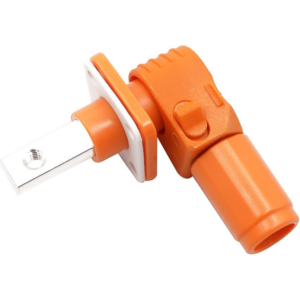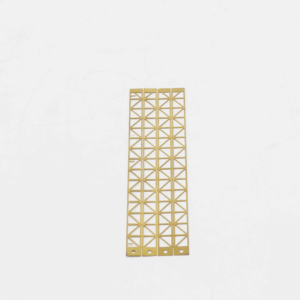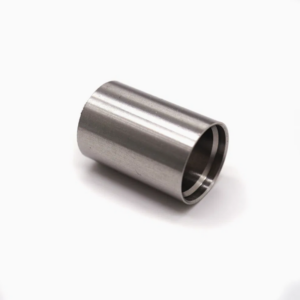In the ever-evolving landscape of manufacturing, precision and efficiency are not just goals—they are imperatives. At the heart of many high-precision production lines lies the metal stamping press, a powerhouse machine that shapes metal into complex components with remarkable accuracy. Whether you’re an experienced manufacturer or just beginning to explore the world of metalworking, understanding the essential role of metal stamping presses is key to optimizing your production processes. In this guide, we’ll take a deep dive into how metal stamping presses work, why investing in them makes sense, and how to choose the right machine for your operation.
-
What is a Metal Stamping Press?
A metal stamping press is a sophisticated machine that uses tools and dies to shape flat metal sheets into precise parts or products. This process, which involves applying high-pressure force to the metal, transforms it into complex shapes with high consistency and quality. Whether you’re creating automotive components, aerospace parts, or electronics enclosures, a metal stamping press is essential in turning raw metal into the exact parts needed for production.
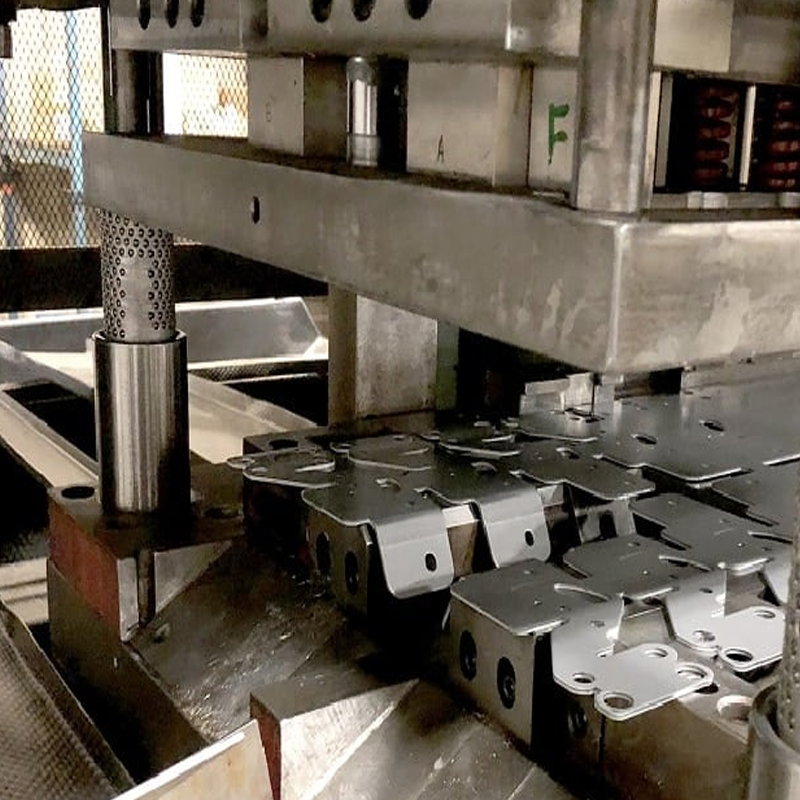
The magic behind the metal stamping press lies in its combination of speed, force, and precision. These machines are designed to execute a range of operations, including punching, bending, flanging, and coining. With applications across industries like automotive, electronics, medical devices, and more, metal stamping presses ensure that every part is produced to strict specifications, minimizing waste and improving overall efficiency.
Moreover, modern metal stamping presses incorporate advanced technologies like CNC (Computer Numerical Control) to enhance precision and control. This integration ensures that parts are produced with the utmost accuracy, meeting the stringent quality standards required in industries where precision is paramount. It’s not just about raw power—today’s metal stamping presses are marvels of engineering that combine mechanical strength with cutting-edge technology.
-
Why Invest in Metal Stamping Presses?
Adopting a metal stamping press can be a game-changing decision for your business. Below are some compelling reasons why these machines are essential investments for manufacturers.
Precision at Scale
In manufacturing, especially in industries like automotive, aerospace, and electronics, precision is non-negotiable. Metal stamping presses offer a level of accuracy that ensures every part fits together perfectly, eliminating errors in the production process. The ability to produce parts with consistent dimensions and minimal tolerance variation helps reduce waste and ensures that all components meet the required specifications.
Boosting Efficiency and Throughput
A metal stamping press can produce large volumes of parts in a short amount of time. This high efficiency is particularly valuable when running mass production processes. In industries that require large quantities of identical parts, the ability to quickly and consistently produce high-quality components makes a metal stamping press indispensable.
Cost-Effectiveness
While the initial cost of a metal stamping press may seem substantial, it’s a cost-efficient investment in the long run. With reduced labor costs, lower material wastage, and minimal maintenance needs, the ROI for metal stamping presses is compelling. These machines are built for durability, meaning they can serve your business for years to come without frequent costly repairs.
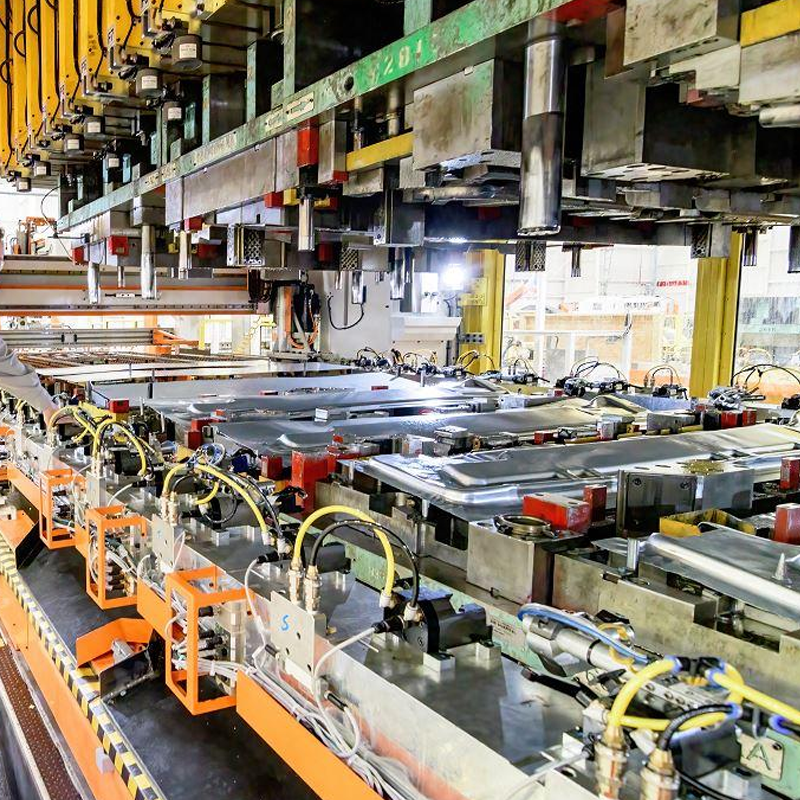
-
Types of Metal Stamping Presses
Not all metal stamping presses are created equal, and the right machine for your business depends on your specific needs. Here are the main types of presses and their characteristics:
Mechanical Presses
Mechanical presses are commonly used in industries where high-speed operations are required. They are driven by a flywheel and are known for their speed and reliability. These presses are ideal for tasks that require fast, repetitive stamping operations with minimal setup times.
Hydraulic Presses
Hydraulic presses are perfect for jobs that require controlled force over extended periods. They are powered by hydraulic cylinders, offering the ability to apply consistent pressure. This makes them ideal for deep drawing or stamping operations where the material needs to be shaped into complex geometries.
Servo Presses
Servo presses are a newer and more technologically advanced option. These presses use servo motors to provide superior control over the stamping process. This precise control allows for more intricate shapes and high levels of accuracy, making servo presses the ideal choice for industries requiring extreme precision or dealing with varying material properties.
High-Speed Presses
High-speed presses are designed to operate at incredibly fast speeds while maintaining accuracy. These presses are critical in mass production environments where speed is essential, such as in the automotive industry, where components need to be stamped quickly and in large quantities without compromising quality.
-
Components and Mechanics of a Metal Stamping Press
Understanding the anatomy of a metal stamping press is essential to appreciating its capabilities. Key components include:
– Frame: Provides the necessary structural support for the entire machine.
– Bolster Plate: A solid steel block that supports the die set.
– Ram: The moving part of the press that applies force to the die.
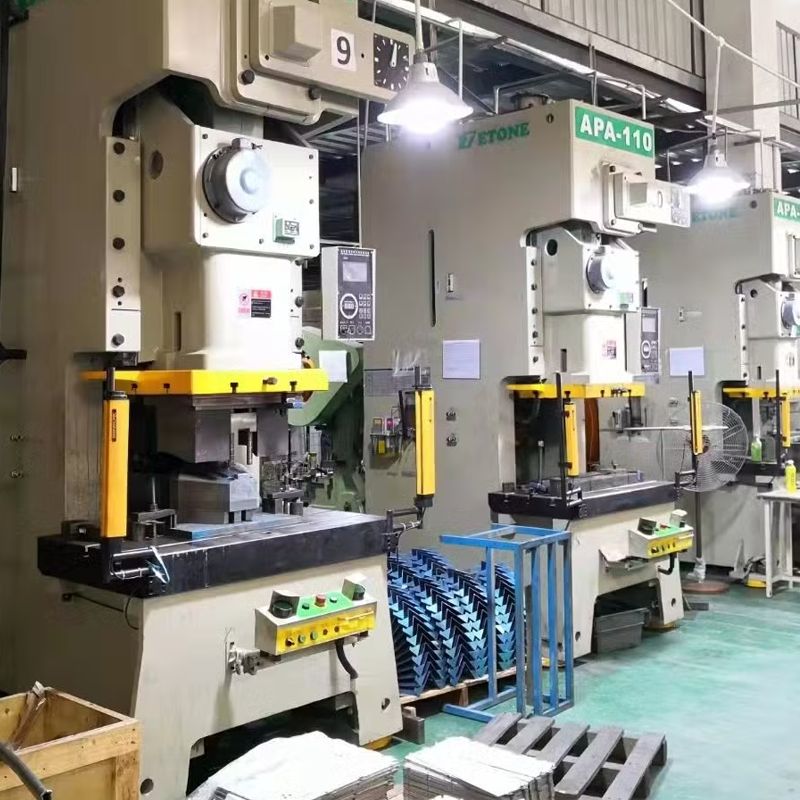
– Die Set: The die contains the punch and die components that shape the metal.
– Drive Mechanism: This is responsible for moving the ram, whether powered mechanically, hydraulically, or via servo motors.
The press operates by feeding a metal sheet or blank into the machine, where the ram applies force, shaping the material into the desired form. Depending on the type of press and die set, the stamping process can include cutting, bending, drawing, or a combination of these operations. This process is repeated at high speed to create high-quality stamped components.
-
The Metal Stamping Process
The journey to creating a high-quality stamped part begins with the careful planning and selection of materials.
Material Selection
Choosing the right material is crucial to the success of the stamping process. Factors like strength, flexibility, and corrosion resistance determine which metal is appropriate for the job. Common materials used in metal stamping include steel, aluminum, brass, and copper, each with unique properties that make them suited to specific applications.
Design and Planning
Designing the stamped parts involves specifying dimensions, tolerances, and determining the most efficient sequence of stamping operations. Advanced CAD (Computer-Aided Design) and CAE (Computer-Aided Engineering) software are often used to simulate the stamping process before it begins, ensuring the design is optimized for both manufacturability and functionality.
Stamping Operations
Once the design and material are selected, the actual stamping process begins, often involving steps like cutting, blanking, bending, and drawing. These operations work together to create the final shape of the component, with quality control measures at every stage to ensure the part meets the required specifications.
Post-Stamping Processes
After stamping, the part may undergo trimming, deburring, and finishing operations to remove excess material, improve appearance, and enhance properties like corrosion resistance. These finishing touches are essential to ensure the parts meet both aesthetic and functional requirements.
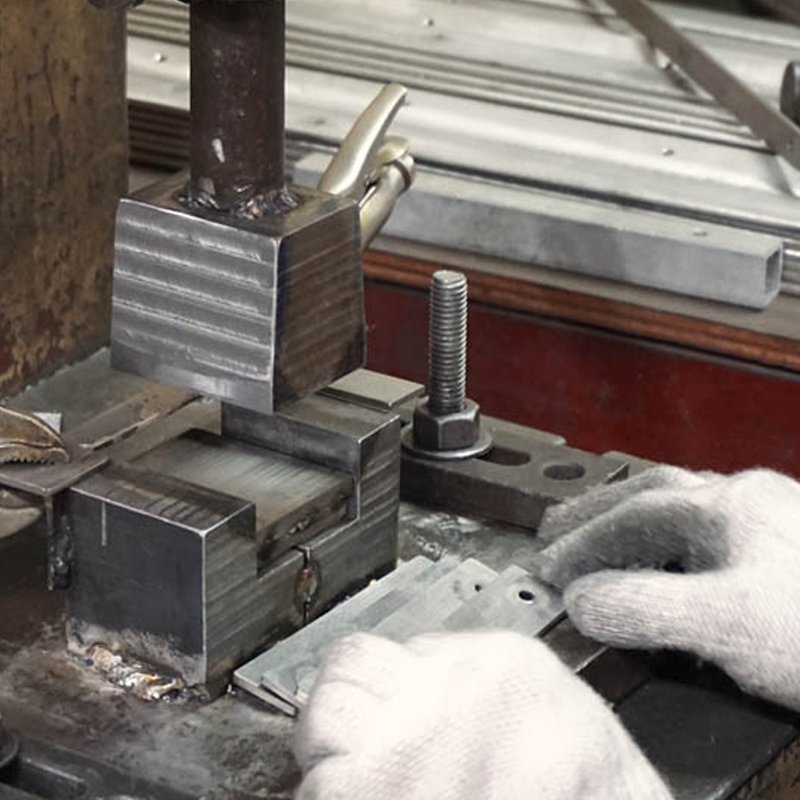
-
Applications Across Industries
Metal stamping presses are used in a wide range of industries to produce parts that require high precision and durability. Some key industries include:
– Automotive: From engine components to body panels, metal stamping presses are essential for producing high-precision automotive parts at scale.
– Aerospace and Defense: The aerospace industry demands extremely tight tolerances and materials that can withstand harsh conditions. Metal stamping presses are crucial in manufacturing parts that meet these exacting standards.
– Consumer Electronics: As electronic devices become more compact and intricate, metal stamping presses are increasingly used to produce small, precise components for gadgets like smartphones and computers.
-
Choosing the Right Metal Stamping Press
Selecting the right metal stamping press for your operation is a critical decision. Here are a few factors to consider:
– Production Volume: If you’re producing large quantities of parts, a high-speed press may be necessary.
– Precision Requirements: For high-precision applications, servo presses offer the control you need.
– Material Compatibility: Make sure the press you choose is compatible with the materials you plan to use.
– Maintenance and Durability: Consider the long-term reliability and maintenance requirements of the press.
Conclusion
The world of metal stamping presses is vast and complex, but by understanding the core principles and choosing the right equipment, manufacturers can significantly boost their efficiency and product quality. Whether you’re exploring your first metal stamping press or looking to upgrade your current setup, the key is to find a reliable manufacturer that understands your specific needs.
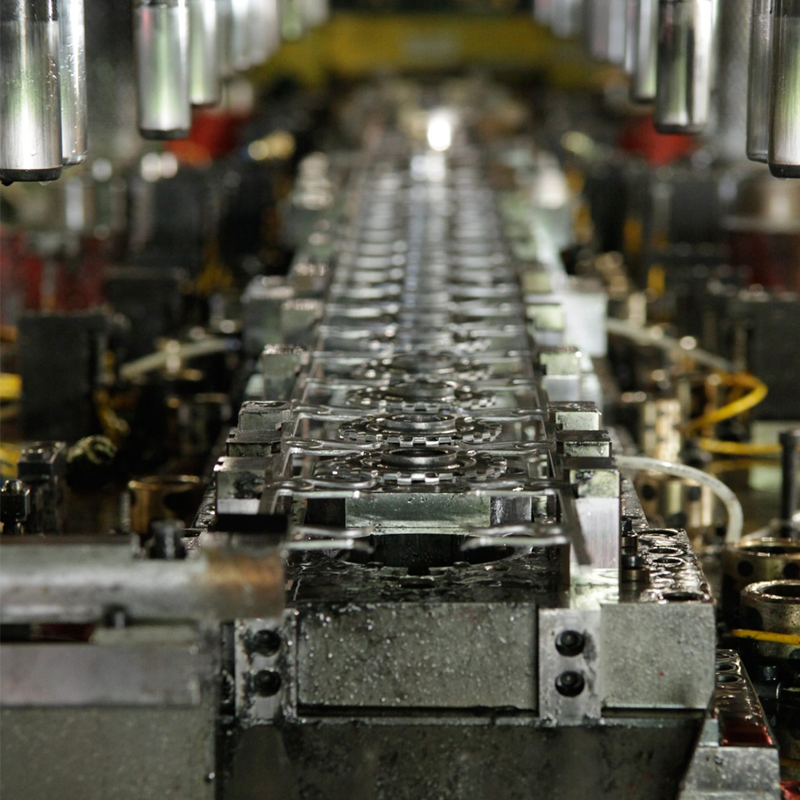
At Topmetalstamping, we specialize in providing high-quality metal stamping presses designed to meet the demands of modern manufacturing. Our presses deliver precision, speed, and cost-efficiency across a wide range of industries. Ready to optimize your production? Contact us today to discuss how we can help streamline your operations and improve your manufacturing processes.
Have questions about which metal stamping press is right for you? Leave a comment below or reach out to us directly—we’re here to help!

